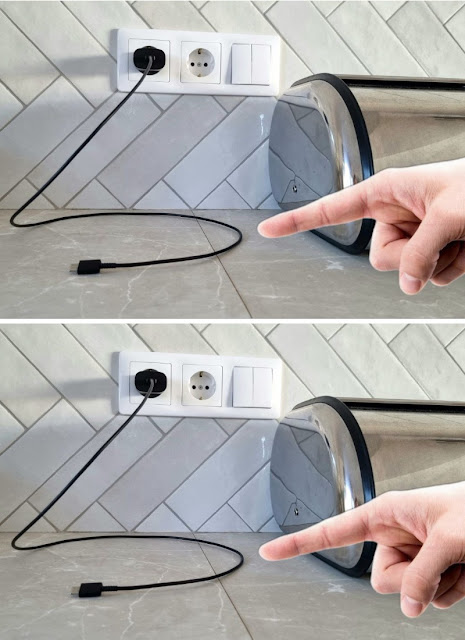In the modern era of convenience, where technology seamlessly integrates into our daily lives, it’s commonplace for chargers to linger in outlets long after our devices have reached full power. However, beneath this seemingly innocuous habit lie several lesser-known risks that could compromise both safety and the longevity of our cherished chargers. Let’s delve deeper into the potential hazards and unveil practical preventive measures to cultivate a safer charging environment within our homes.
Unseen Electricity Drain:
One of the most surprising revelations is that chargers, even in their dormant state, continue to draw a small but persistent amount of electricity. This cumulative standby power consumption, while appearing insignificant on its own, can accumulate over time, leading to considerable energy wastage.
The phenomenon of standby power, also known as vampire power or phantom load, is a significant contributor to household energy consumption. According to the U.S. Department of Energy, standby power accounts for about 5-10% of residential electricity usage. While individual chargers may only consume a few watts each, the collective impact of millions of chargers left plugged in across households worldwide is substantial.
Overheating Woes:
Persistent plugging in of chargers can subject them to the adverse effects of constant heat exposure. This prolonged thermal stress can accelerate the degradation of internal components, such as capacitors, inevitably shortening the overall lifespan of the charger.
The heat generated during charging cycles, coupled with ambient room temperature, can lead to a gradual deterioration of the charger’s internal circuitry. Over time, this can result in decreased charging efficiency, increased risk of component failure, and even the potential for thermal runaway—a situation where the charger overheats uncontrollably, posing a significant fire hazard.
Fire Hazard in the Shadows:
Although rare, the potential for a charger to overheat to the point of smoking or catching fire during sudden voltage spikes is a genuine risk. Recognizing this remote yet severe consequence underscores the importance of vigilance in managing our charging habits.
Chargers, like any electrical device, are susceptible to voltage fluctuations caused by power surges or lightning strikes. While modern chargers are equipped with built-in safety features such as overcurrent protection and thermal cutoff switches, they are not immune to failure under extreme conditions. A malfunctioning charger or a faulty electrical outlet can exacerbate the risk of fire, especially if combustible materials are nearby.
Electrical Safety Concerns:
For households with young children or pets, a plugged-in charger with a dangling cord presents an additional hazard. The risk of electric shock is palpable if these curious beings decide to tamper with or chew on the exposed cords.
Children, in particular, are naturally inquisitive and may not fully comprehend the dangers posed by electrical outlets and cords. Unsecured chargers and loose cables increase the likelihood of accidents, ranging from minor shocks to more serious injuries. Similarly, pets, with their penchant for chewing on objects, can inadvertently damage chargers or expose themselves to electrical hazards.
Preventive Measures:
To navigate these risks and ensure a secure charging environment, it’s crucial to implement the following preventive measures:
Unplug when Not in Use:
Breaking the habit of leaving chargers plugged in when not actively charging devices is a simple yet effective action. Not only does it reduce energy consumption, but it also mitigates the risk of overheating and potential fire hazards.
Regular Inspection:
Taking a moment to regularly inspect chargers for signs of wear or damage is paramount. Identifying issues early on can prevent potential hazards and prolong the overall lifespan of your chargers.
Out of Reach:
Safeguarding against potential electrical accidents involves keeping chargers and their cords out of reach of children and pets. This small adjustment can significantly enhance the safety of your home environment.
Use Smart Charging Solutions:
Consider investing in smart charging solutions that automatically shut off power to devices once they are fully charged. These devices, equipped with advanced power management features, help reduce standby power consumption and minimize the risk of overcharging.
Conclusion:
By shedding light on the often-overlooked risks associated with leaving chargers plugged in unnecessarily, we empower ourselves to make informed choices that prioritize safety and sustainability. Implementing these preventive measures not only mitigates potential hazards but also contributes to the extended durability of our trusted chargers, ensuring they continue to serve us reliably for years to come.
image source : home remediess easy










